Yield Strength
Yield Strength
Einführung in Yield Strength
Die Yield Strength, oder auf Deutsch, 'Streckgrenze', ist ein fundamentaler Begriff in der Stahlproduktion und im Stahlhandel. Sie beschreibt den Punkt, an dem ein Material, typischerweise Stahl, den Zustand von elastischer zu plastischer Verformung übergeht.
Warum ist Yield Strength wichtig?
Die Yield Strength gibt uns ein Maß für die Belastbarkeit von Stahl. Bei diesem Wert beginnt das Material sich dauerhaft zu verformen, was bedeutet, dass es nicht mehr in seine ursprüngliche Form zurückkehren kann, wenn die Belastung entfernt wird. Das ist besonders im Bauwesen wichtig, da Materialien mit einer hohen Yield Strength in der Lage sind, große Lasten zu tragen, ohne sich zu verformen.
Wie wird die Yield Strength gemessen?
Die Yield Strength wird gewöhnlich in Megapascal (MPa) oder Kilogramm pro Quadratmillimeter (kg/mm²) angegeben. In der Praxis wird sie ermittelt, indem ein Material einer sich stetig erhöhenden Belastung ausgesetzt wird, bis es anfängt, sich dauerhaft zu verformen. Der Punkt, an dem dies eintritt, gibt die Yield Strength an.
Yield Strength und Stahltypen
Nicht alle Stahlsorten haben die gleiche Yield Strength. Die spezifische Yield Strength hängt von der Legierung und dem Herstellungsprozess des Stahls ab. Hochfeste Stähle haben beispielsweise eine höhere Yield Strength als Mildstähle. Diese Unterschiede sind für Ingenieure und Bauunternehmen von entscheidender Bedeutung, da sie bestimmen, welcher Stahltyp für welches Projekt verwendet werden soll.
Blog Posts with the term: Yield Strength
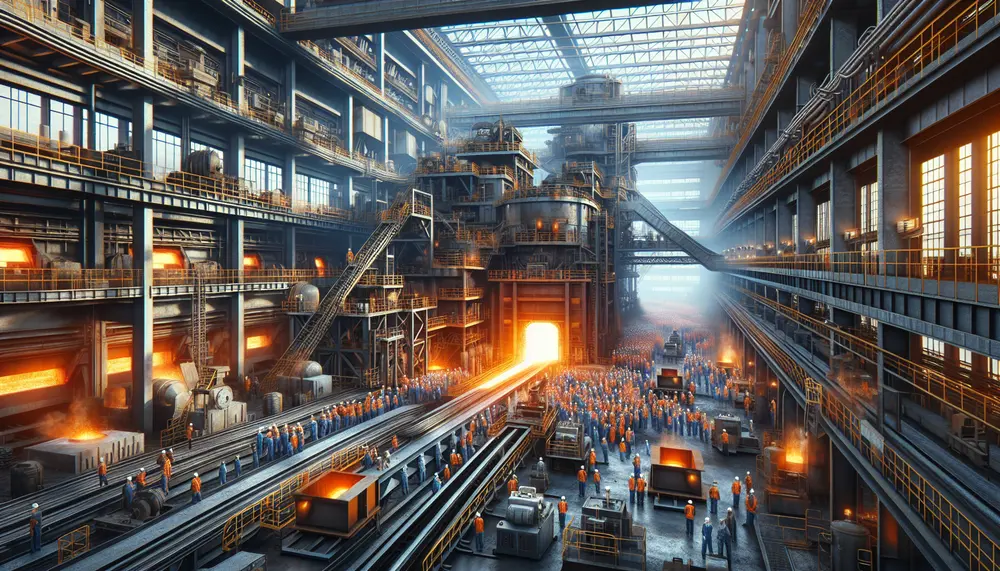
The article provides a detailed overview of the steelmaking process, starting from raw material extraction to final product creation. It emphasizes the importance of understanding each stage and the key materials involved—iron ore, coal, limestone, and scrap metal—to produce high-quality...
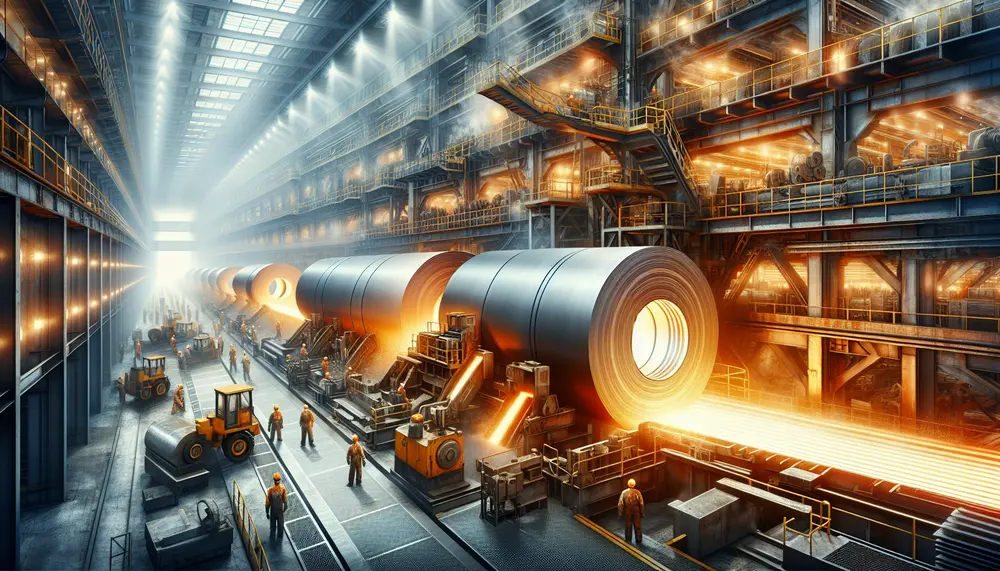
Steelmaking rolling is a crucial process that transforms raw steel into various usable forms by passing it through rollers to reduce thickness, improve uniformity, and achieve specific mechanical properties. The article details the stages of hot and cold rolling, the...
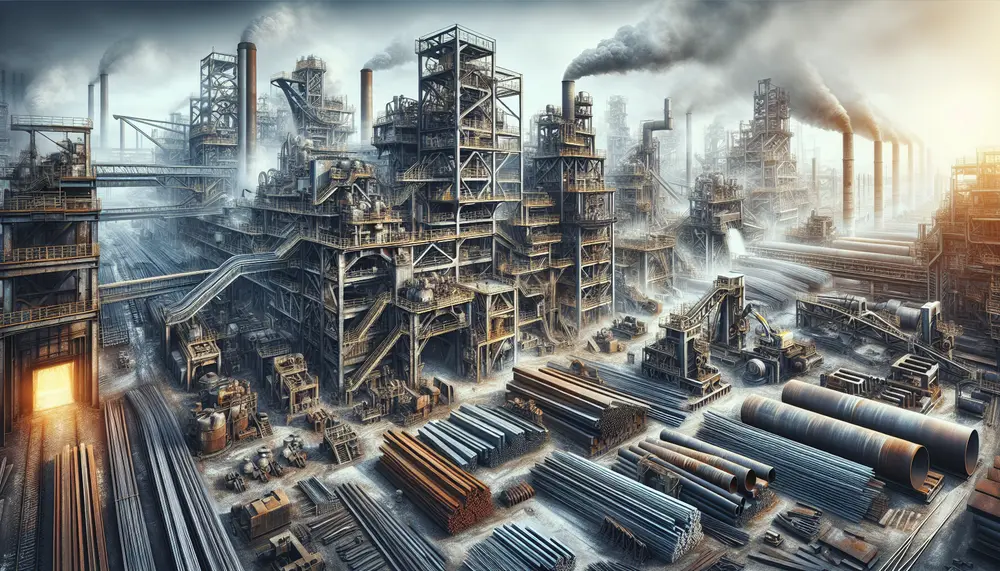
Steel fabrication involves transforming raw steel into structures or products using various techniques like cutting, bending, and joining to ensure strength and quality. Material selection is critical in this process as it affects the performance and longevity of the final...
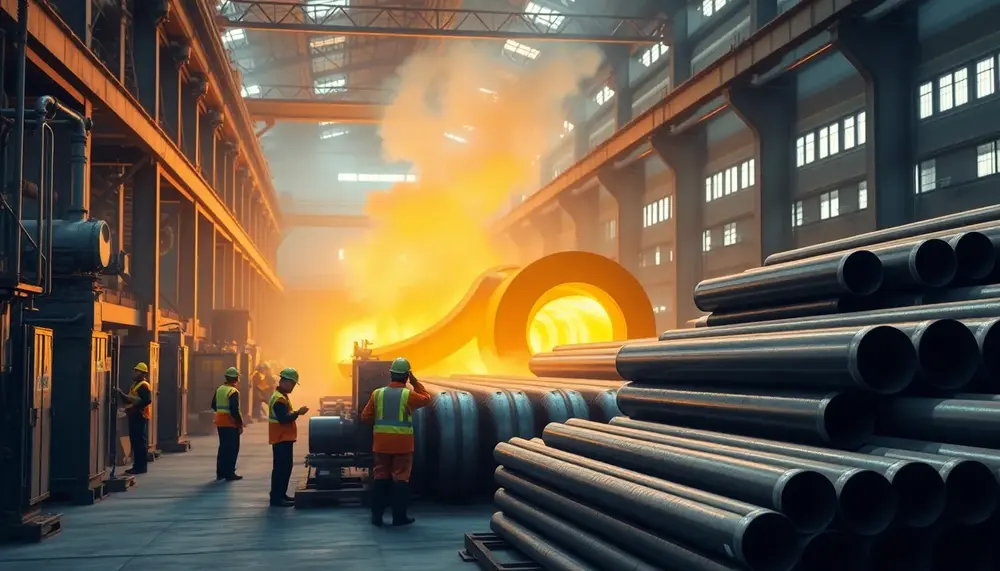
Steel tube manufacturing is essential for industries like construction, energy, and transportation, offering seamless tubes for strength and welded ones for cost-efficiency. The processes involve precise engineering to ensure durability, versatility, and performance tailored to specific applications....
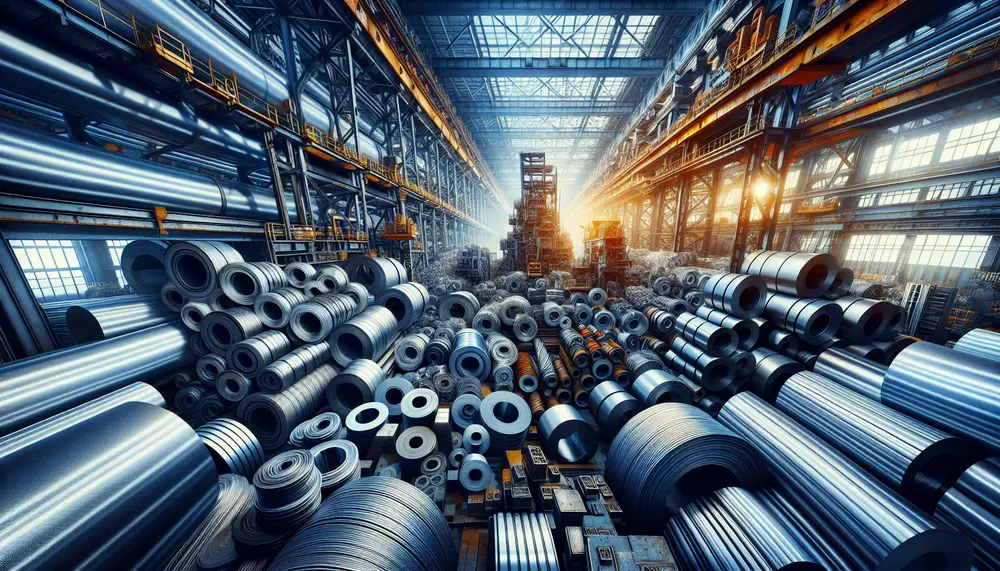
Steel is a versatile material essential to modern industry, with various grades tailored for specific uses from construction to technology. Its key advantages include durability, resistance to extreme conditions, and recyclability, making it integral in innovation and sustainability efforts across...
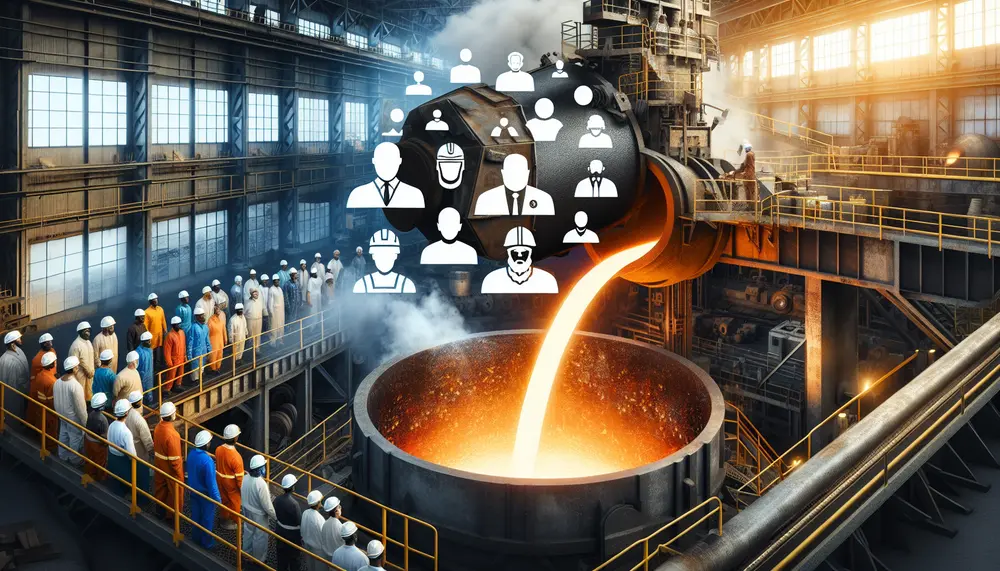
The concept of steelmaking grade is crucial in determining the quality and properties of steel, influencing efficiency, durability, and safety across various industries. Steel grades are classified based on chemical composition and production processes, with advancements in technology and global...
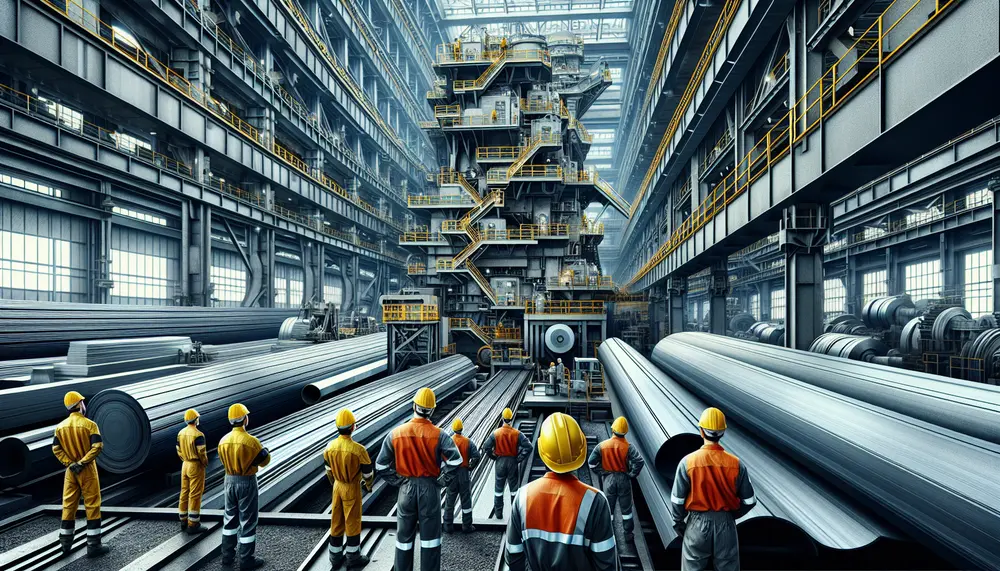
Steelmaking transforms iron ore into steel, involving processes like smelting and primary steelmaking methods such as Basic Oxygen Steelmaking (BOS) or Electric Arc Furnace (EAF), with additives enhancing properties. Understanding these basics aids in mastering industry-specific terminology crucial for various...
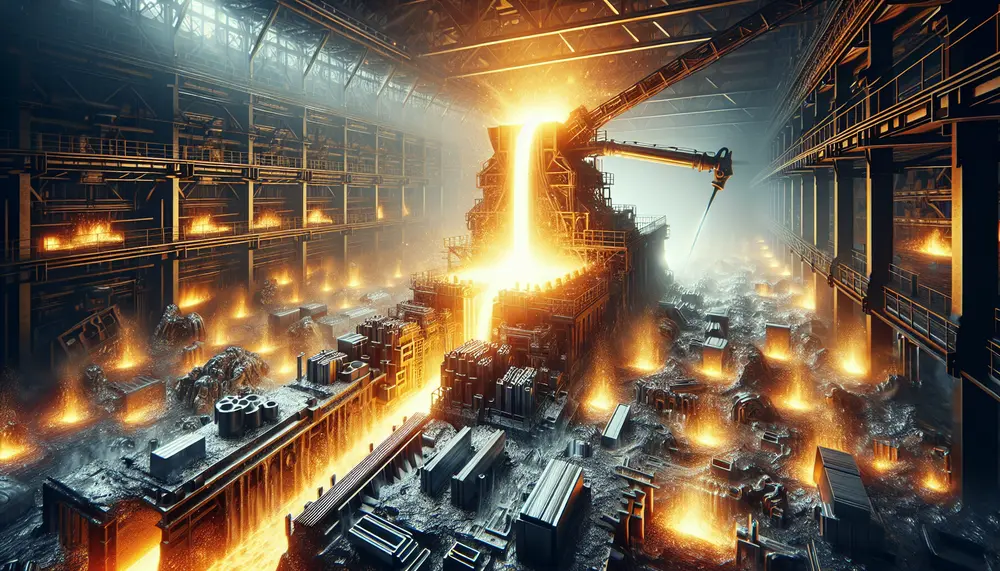
The steel production casting process involves melting raw materials, refining the molten metal, and pouring it into molds to shape solid products with controlled cooling to prevent defects. The variety of cast steels is determined by carbon content and alloying...
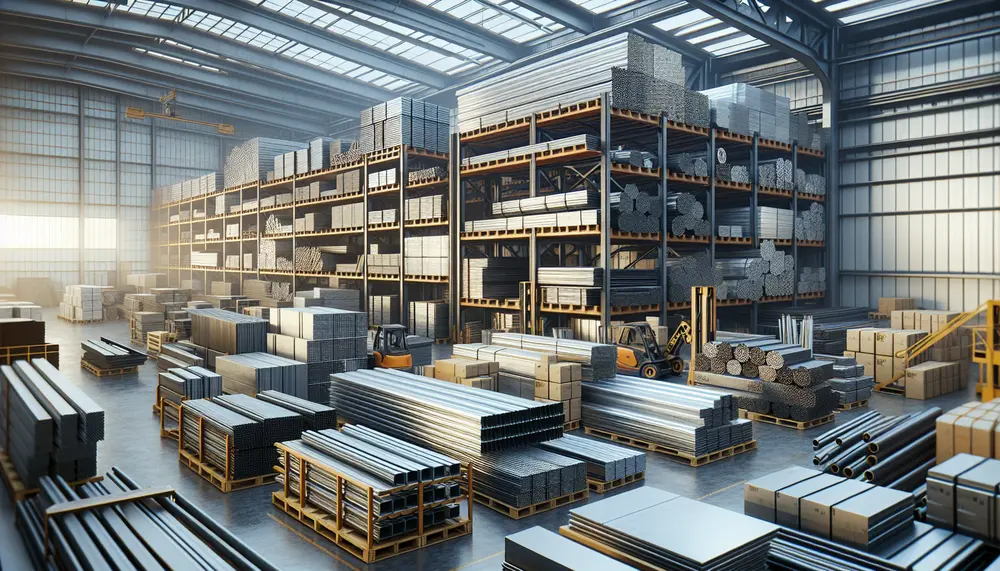
Steel production is a critical process that creates an alloy of iron and carbon, essential for various industries. It involves extracting iron ore, refining it into steel with specific carbon content through methods like basic oxygen steelmaking or electric arc...
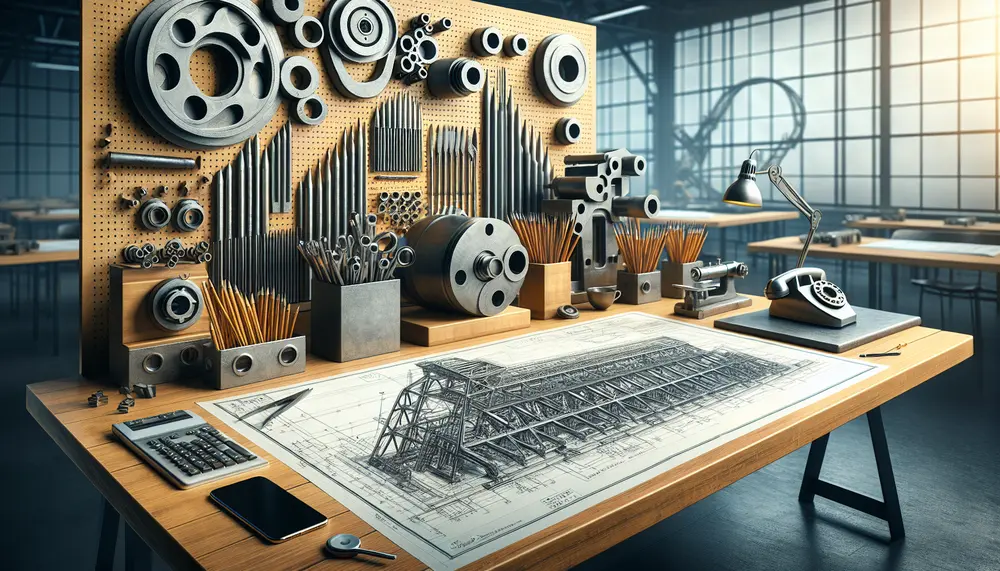
Steelmaking universities offer a blend of theoretical and practical education in metallurgical engineering, focusing on the science behind metal properties and production processes. Students learn through courses ranging from thermodynamics to advanced materials engineering, with hands-on experience in modern labs...
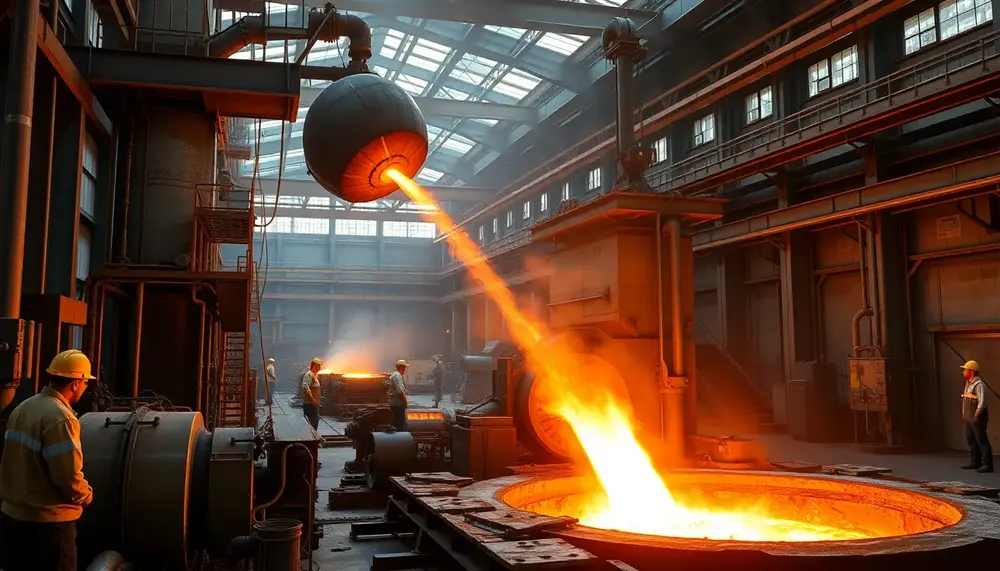
Upsetting in steel processing is a precise technique that thickens specific areas by axial compression, enhancing strength and durability through controlled heat and deformation....
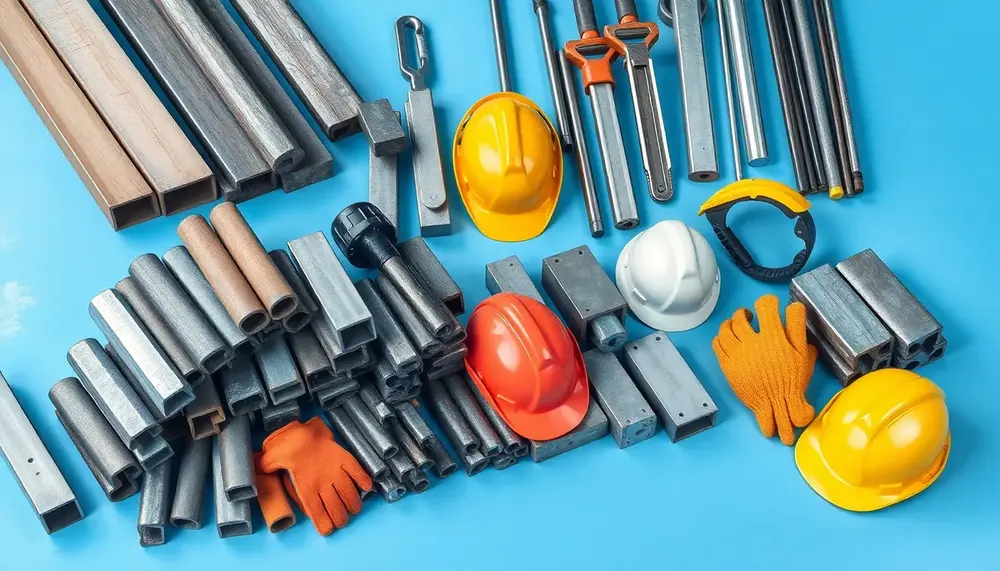
Steelmaking nouns are essential for clear communication and safety in the steel industry, with evolving terminology requiring an up-to-date glossary. This article explains key terms like alloy, arc furnace, austenite, blast furnace, billet, basic oxygen process, carbon content, converter, casting,...
